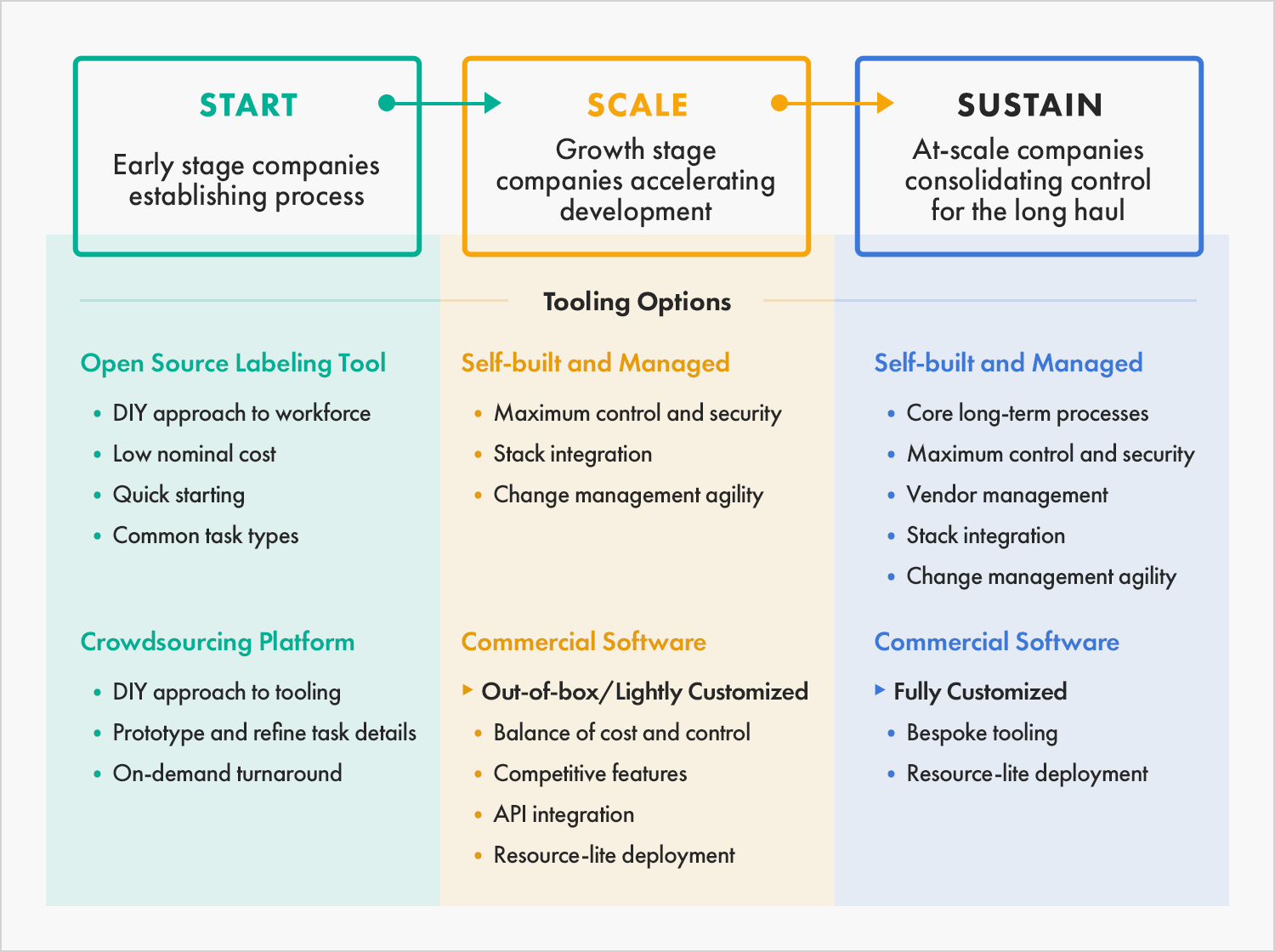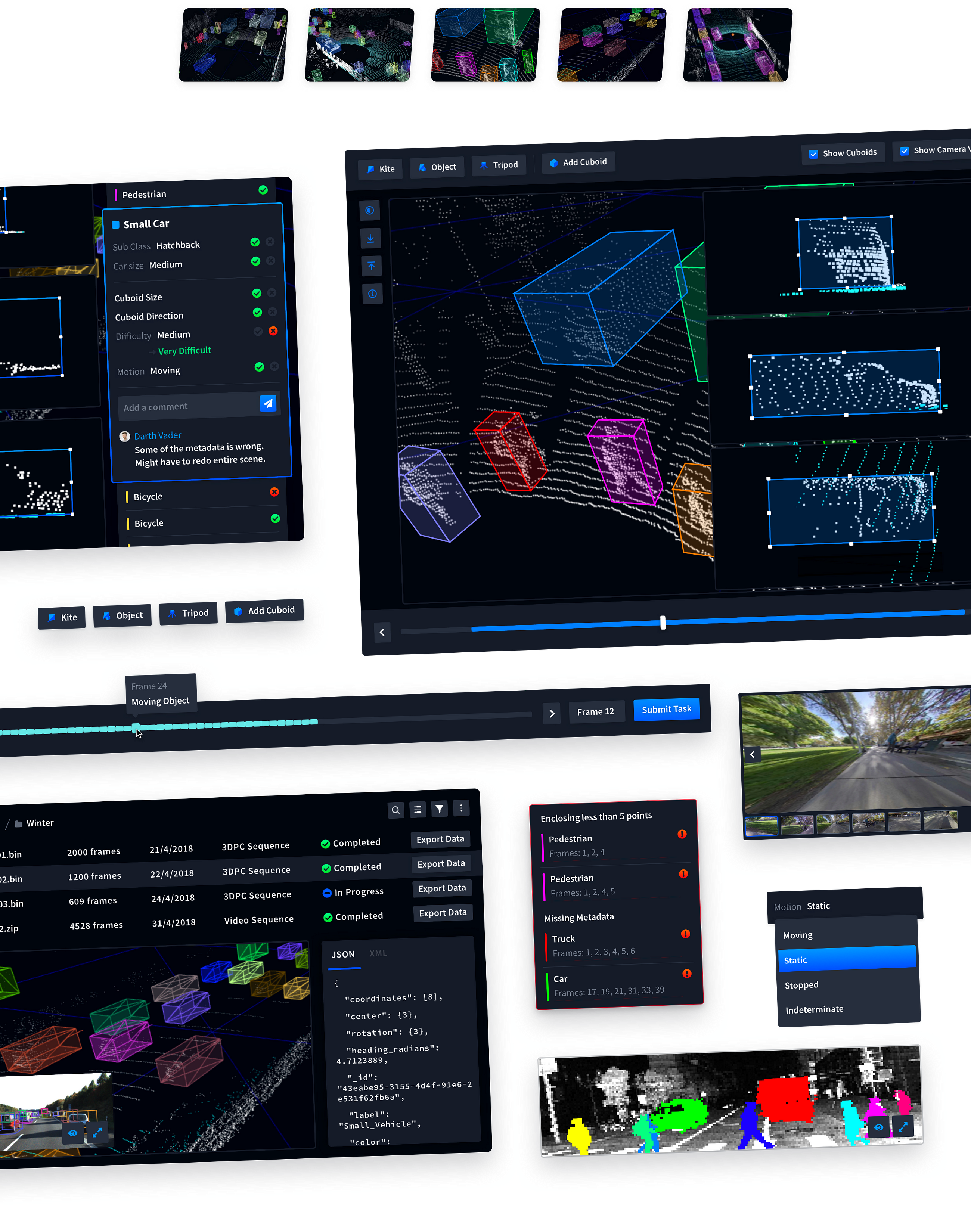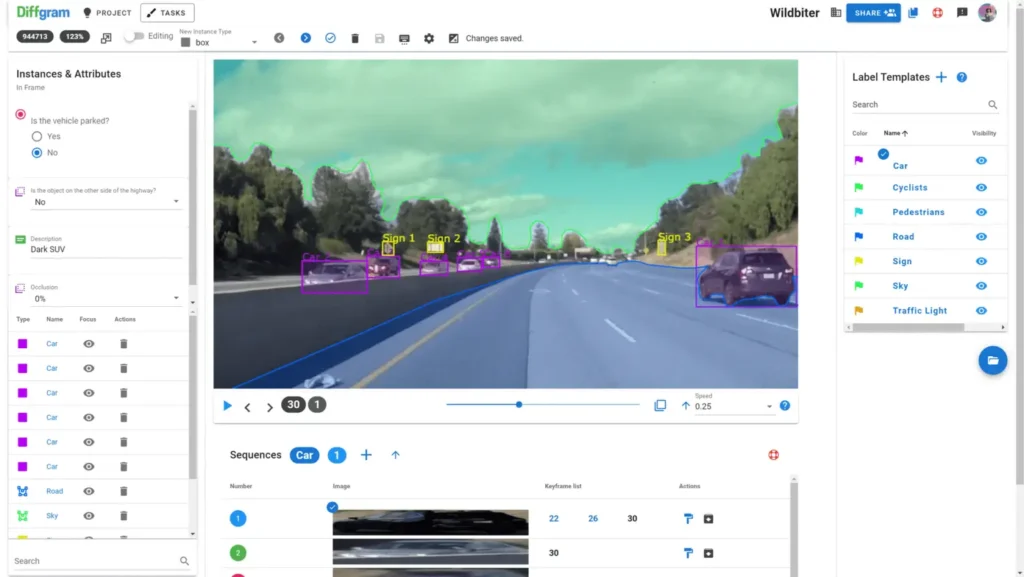Do you need to mark up data for a machine learning project but need help knowing where to start? Stop right there. Your project’s success largely depends on your ability to select the appropriate tool for annotating data. Having so many possibilities can be overwhelming, but don’t panic.
Learn how to select the best data annotation tool for your requirements with the help of this post. We will discuss the various annotation tools, capabilities, and potential issues. You’ll be ready to start your project confidently after reading this guide and making an educated decision. Come on then, let’s get started.
Introduction to Data Annotation Tools
As data annotation becomes a more important part of data labeling and automation of labeling, it is important for people who do data annotation to learn how to use data annotation tools to be as accurate and productive as possible. As the need for annotated data has grown, so has the pressure on those who do it.
Natural language processing (NLP) and sentiment analysis are two examples of automated tools that have revolutionized the data annotation industry. Annotating large datasets with these tools is faster than manually, and the results are more accurate.
On top of that, such tools can aid annotators in dealing with complex datasets, simplifying and expediting the annotation process as a whole. Organizations can benefit greatly from big data projects if their employees are well-versed in data annotation tools that guarantee high-quality, efficient, and rapid data annotation.
Data annotation tools are an important part of AI and machine learning development. They help make sure that data models are accurate and useful. The Data Annotator is a tool that improves the accuracy of annotations and has several other uses. One of these benefits is storing and organizing data in a way that makes it easy to find when needed.
-This is especially important when dealing with large volumes of complex data. With powerful visualization techniques, annotators can quickly interpret complex datasets, providing valuable insights that would otherwise remain hidden. Overall, the Data Annotator is essential for anyone looking to leverage AI and machine learning technologies in building intelligent systems.
Annotating data, however, is a complex task. An increasing volume of data needs to be manually annotated, which can be a huge burden and a lot of extra work. In such a situation, having access to the appropriate resources is essential. These tools facilitate the annotation procedure, saving time and increasing accuracy.
An improved user experience can be achieved by allowing annotators to focus on the most important tasks rather than organizing and searching through massive amounts of data. Using proper tools is crucial for a successful and efficient data annotation process, as it ensures that data annotators can work productively and deliver the expected results.

Benefits of Utilizing Data Annotation Tools
Data annotation is a crucial process in the development of machine learning models. Annotating data involves labeling it with relevant information to train the models to learn and make predictions. -This is where data annotation tools come into play. Utilizing data annotation tools can significantly improve the quality and accuracy of machine learning models.
The data can be properly labeled with these tools, allowing models to learn more efficiently and effectively. In order to enhance the precision of models used for machine learning, data annotator tools are used to train the models to recognize patterns in the labeled data and to draw conclusions from those patterns. Data annotator software is crucial for any business that wants to create effective machine learning models.
-To aid algorithms in data analysis, it is necessary to label or tag datasets before training machine learning models. Annotating data is the term for this process. Manual annotation, however, can be a tedious and time-consuming process. Annotation tools for data are useful for this purpose. Because of the automation provided by these tools, the annotation process is now both swifter and more precise than ever before. They shorten the amount of time it takes for teams of data annotators to process large datasets.
Furthermore, data annotation tools can help eliminate errors and inconsistencies that arise from manual annotation. -This makes the data more reliable and improves the overall quality of the machine-learning model. Data annotation tools are game changers in machine learning, enabling organizations to use large datasets with greater efficiency, accuracy, and consistency.
In the same way, tools for annotating data have been shown to help foster teamwork and collaboration by letting team members work together and share comments. -This makes the team more productive and lets team members learn from each other.
-This creates a culture of sharing knowledge and improving skills. As the need for data annotation grows, it’s clear that data annotation tools will be very important for making sure that projects are accurate and efficient and allow people to work together. Therefore, investing in data annotation tools is wise for organizations looking to boost their productivity, stay ahead of competitors, and meet ever-increasing market demands.

Considerations when Choosing a Data Annotation Tool
Some programs excel at annotating textual or auditory data, while others excel at annotating visual data. Consequently, the proper tool is crucial for effective and precise data annotation. The quality of machine learning algorithms and models can be improved with the help of properly annotated data, so it’s crucial to find the best data annotator for the job.
Again, when considering a tool for annotating data, it’s important to consider how much training and support it offers for annotating workflows. -This will ensure that your data can be tagged and labeled consistently by your annotators.
Additionally, having post-annotation processing features can help streamline the data cleaning and analysis processes. By selecting a data annotator with these features, you can increase productivity and get the most out of your annotated dataset. Choosing the right data annotator for your specific needs can be a critical factor in the success of your project.
Popular Data Annotation Tools
The field of data science places a high value on data annotation tools because these tools enable data scientists to annotate data quickly and accurately. These tools are very popular among data scientists because they make it simpler to label and organize data and examine data sets and draw conclusions from them. If you want your models, predictions, and algorithms to be accurate, you need to have a good handle on annotating the data.
To achieve greater precision, the data annotator tool uses machine learning algorithms. Because of this, it is now possible to annotate large datasets quickly and easily, which would be difficult to do otherwise. The data annotator, in addition to making it simpler to conduct analyses on collected information, also makes it easier for project team members to exchange collected information with one another.
Because of this, working together becomes easier and more productive. The data annotator is an essential tool that, when used, makes data analysis more precise, efficient, and conducive to collaboration.
Even as data-driven technologies change and applications get more complex, annotating data is still a key step for accurate and useful analysis. One of the essential tools for any data annotator is annotation software.
These software programs allow for finer-grained processing, analysis, and identification of data points. Among the popular data annotation tools are text annotation, image annotation, and video annotation tools. These respective software programs help simplify the tagging and labeling of data within various mediums, streamlining the annotation process for data analysts.
Labelbox, Dataturks, and Vott are all reliable data annotation tools that provide various data annotation services. Vott also offers data annotation. The person annotating the data can keep their work more efficient and accurate by using these tools, ultimately leading to improved data analysis. In addition, the annotation tools that we have been discussing play an important role not only in the field of machine learning but also in other areas.
They made it simpler to label datasets, saving time and significantly reducing the likelihood that errors will be made in the process. Because of this, businesses can train their algorithms more quickly and accurately, ultimately leading to improved outcomes.
In addition, people with technical backgrounds and those without such backgrounds can use these tools, making data annotation a task that can be completed collaboratively. Data annotators will become more important in various fields as the demand for accurate algorithms increases. These fields include healthcare, finance, e-commerce, education, and others.
Tips for Optimizing Your Data Annotation Process
As a data annotator, you are tasked with improving the accuracy of machine learning models by optimizing the data annotation process. A method for annotating data that is well-organized leads to data that is correctly labeled, which in turn leads to models that are of higher quality. For this reason, it is necessary to partition the annotation task into more manageable and digestible parts.
If you do this, you will have a much easier time finding mistakes in the data and fixing them, as well as improving the overall quality of the annotations. In addition, you will be able to monitor the progress and effectively manage the workflow easily. Always remember that the success of your machine-learning models is directly proportional to the quality of the training data you use.
It is wise to devote some of your time and energy to improving the efficiency of your data annotation process. However, despite the availability of automation tools, it is still crucial to completely comprehend the data and the task at hand. It is essential for an annotator to constantly review and improve the annotations to guarantee that the data is accurate and trustworthy.
The annotation task can be completed more effectively if automation tools and human expertise are used in conjunction. The best way to annotate data is to combine the use of automated tools with the input of humans.
-This ensures that the data is high quality and can be used well for applications like machine learning algorithms and natural language processing. Because of this, it is important to use automation wherever possible to save time and improve efficiency, but it is also important to remember that human validation is needed to get accurate and reliable data.
Finding the Right Tool for You

As someone who annotates data, it’s important to think about the right tool for your needs. It is best to look at various tools for annotating images, texts, and sounds.
These tools can help efficiently annotate data, provide high-quality , and increase productivity. Image tools are perfect for object detection or facial recognition tasks, while text tools can be used for text classification or sentiment analysis tasks.
Audio tools can be used for speech recognition or speaker identification tasks. Conducting a thorough analysis of available tools will help improve the accuracy and efficiency of the process. Choosing the right tool is critical to producing high-quality data that can be used to develop top-notch AI models accurately.
To choose the best data tool for your project, comparing and weighing the different features and benefits of the different options is important. The accuracy rate, speed, customization options, and ease of use are key factors that should be considered.
It is also important to take your budget and timeline into account. With the right data tool, you can streamline your process and save valuable time and resources. So choose wisely and invest in a tool that can help you achieve your data goals quickly and efficiently.

Conclusion
For the success of your machine learning project, making the right choice when picking out an tool for the data is essential. It can be difficult to decide to satisfy all of your requirements when so many products and services are available on the market today.
Thanks to our comprehensive guide, you now have access to all the information you need to make a choice that is well-informed and will lead to your success. It is important to remember to take into consideration a variety of factors, including the type of data you are working with, your budget, and the required level of accuracy.
You can expedite the completion of your goals and streamline your project if you fully use your tool’s potential. Why hold off, then? Start your journey toward developing intelligent machine learning algorithms by taking the first step today and starting the process.
